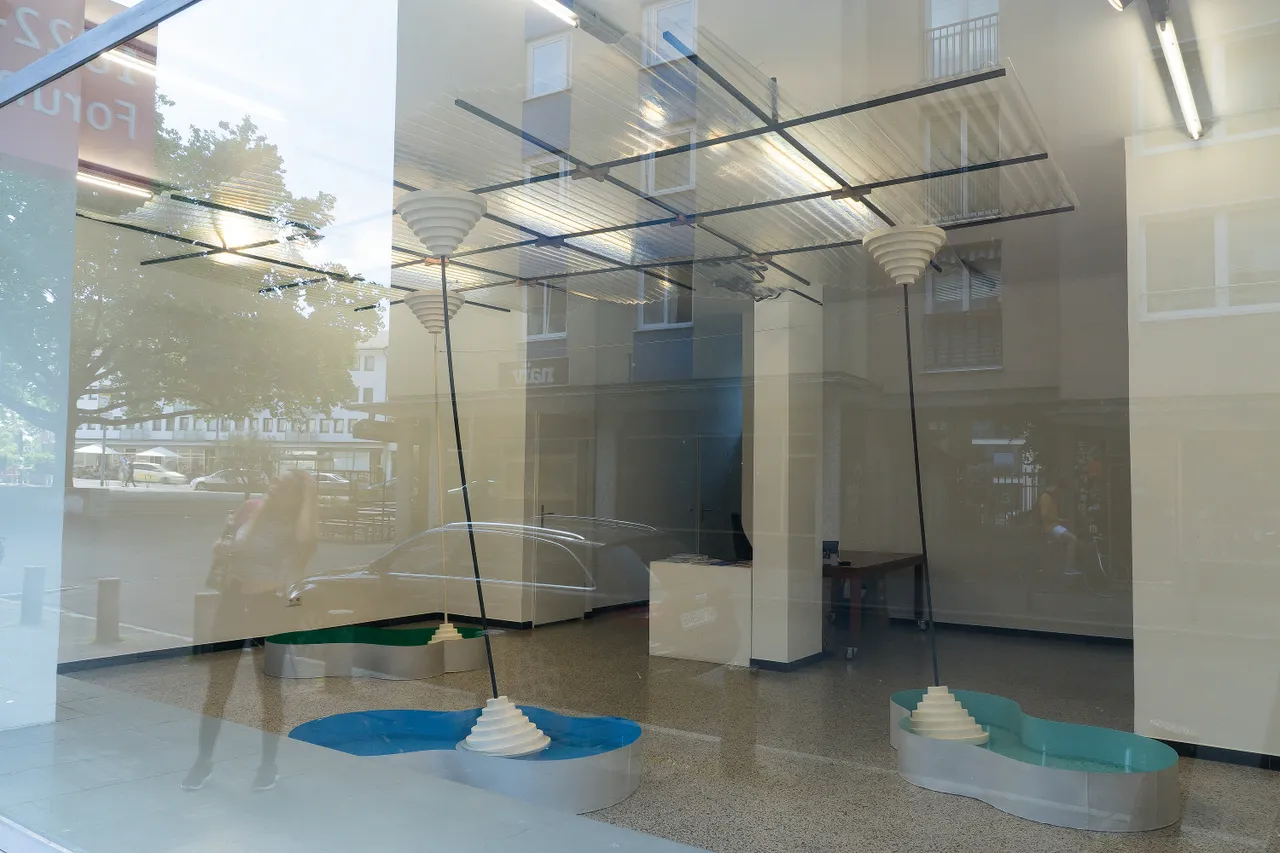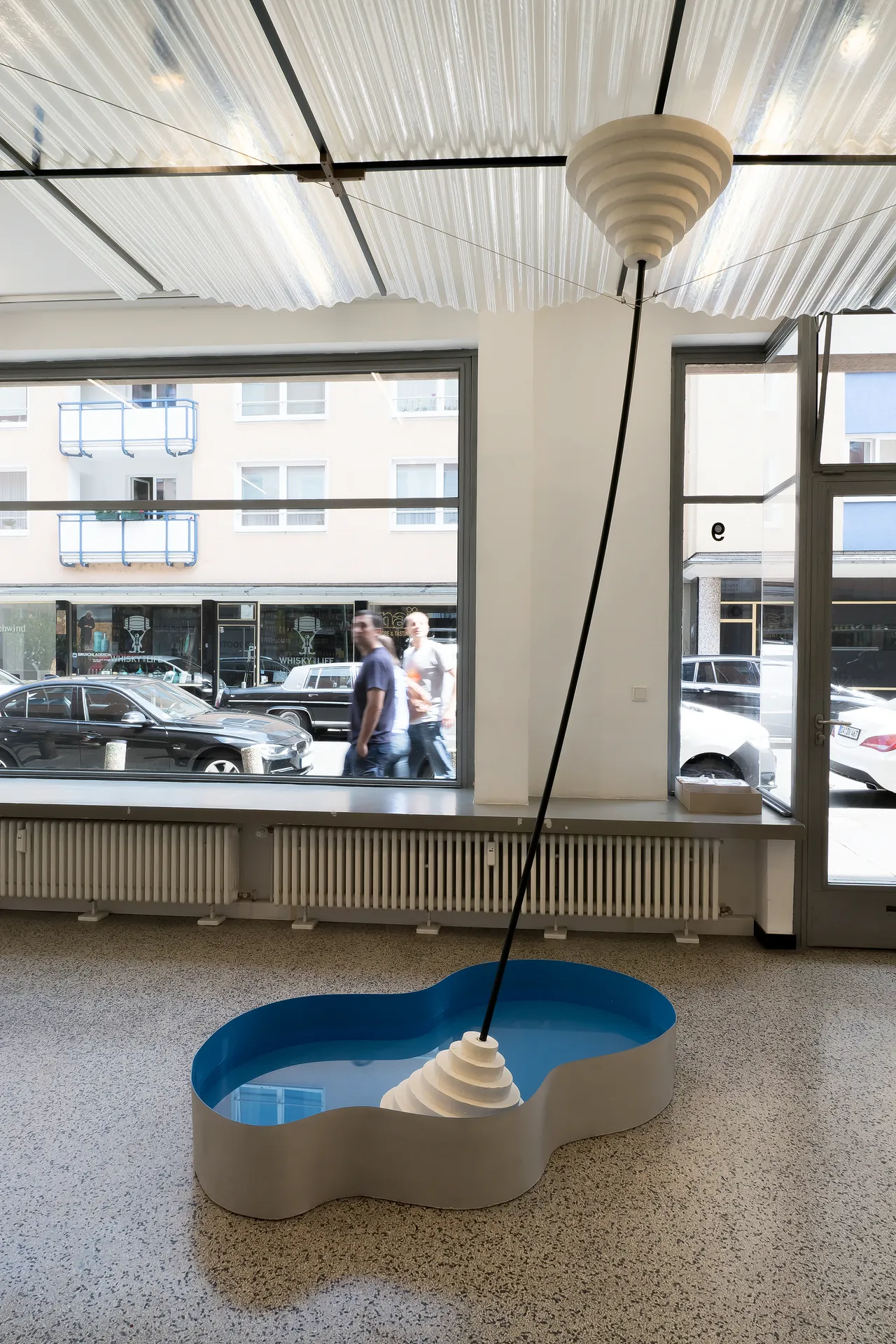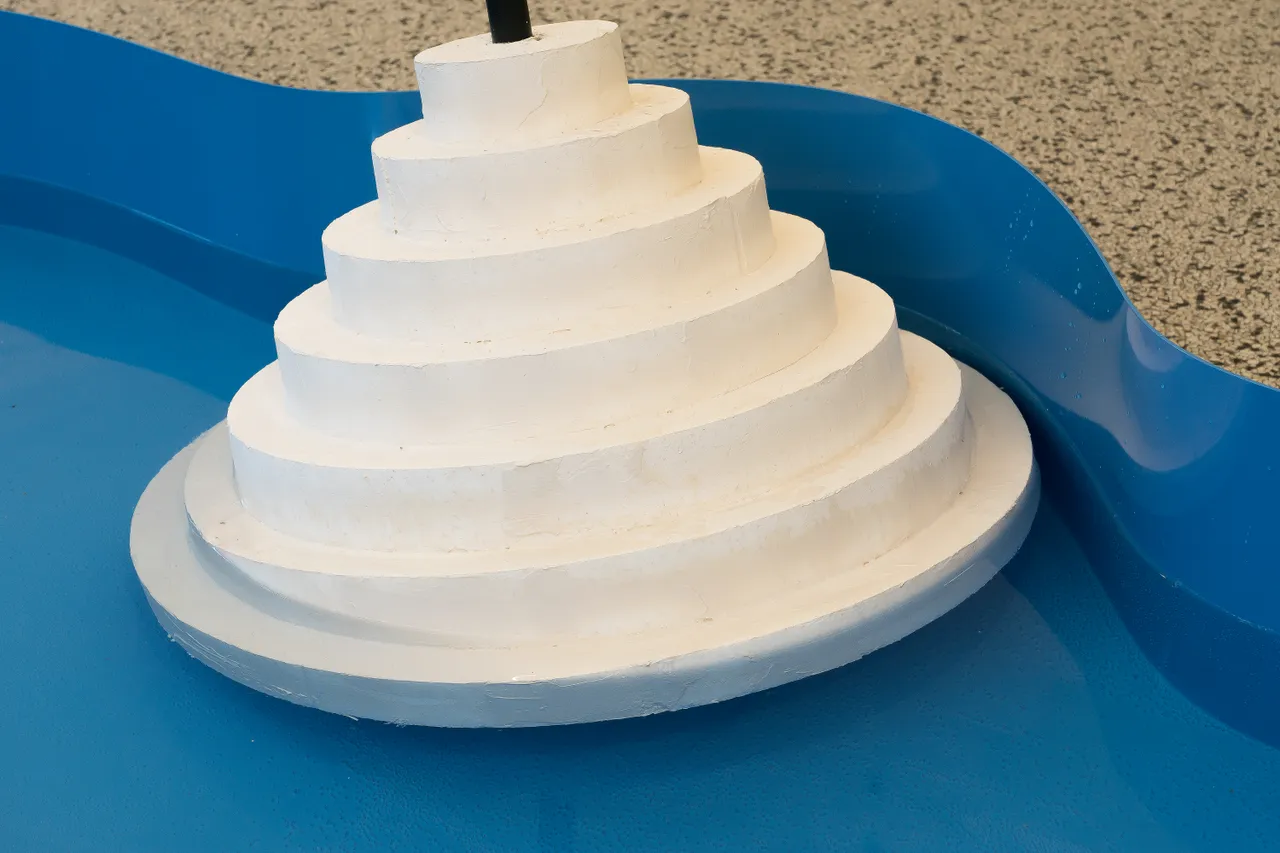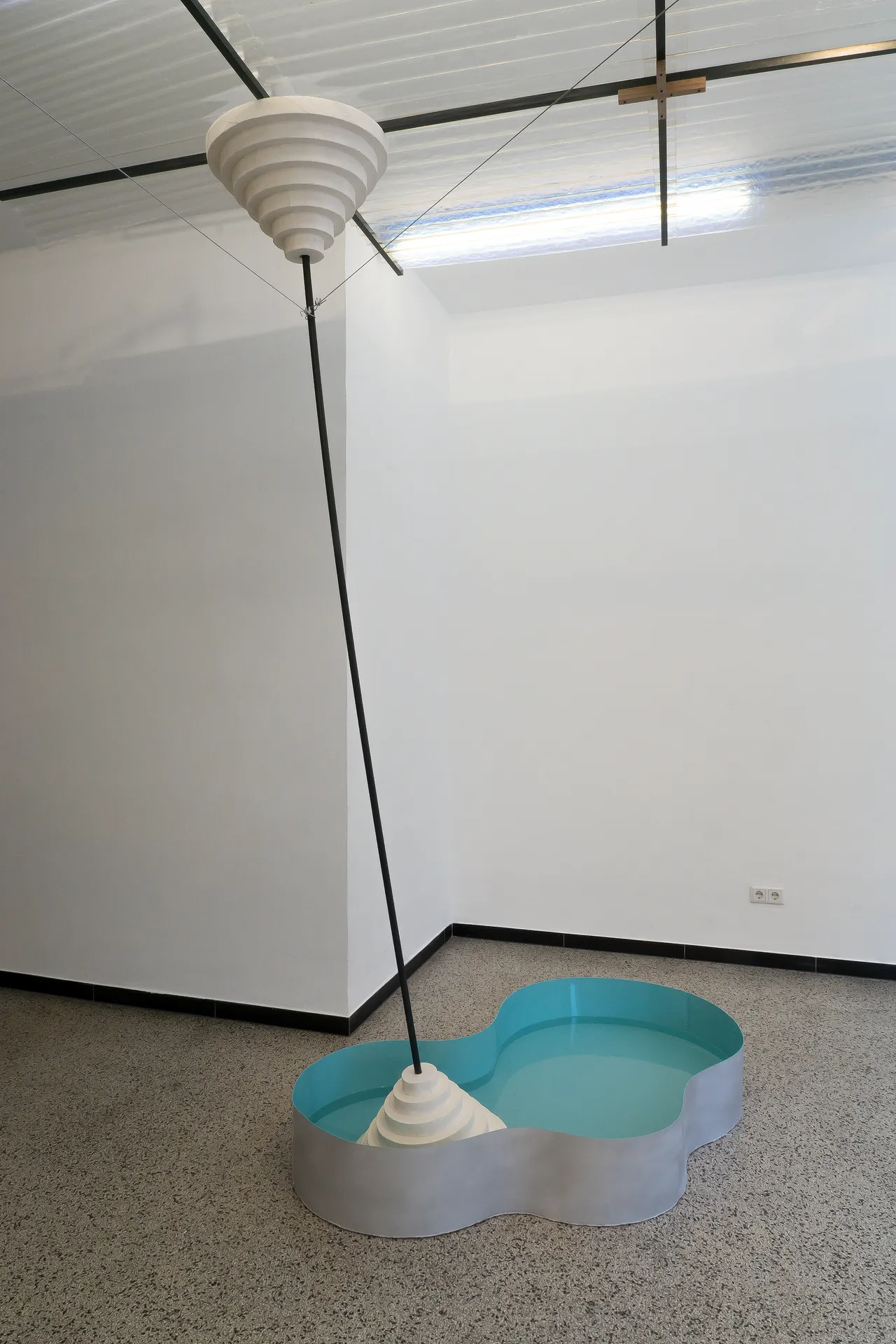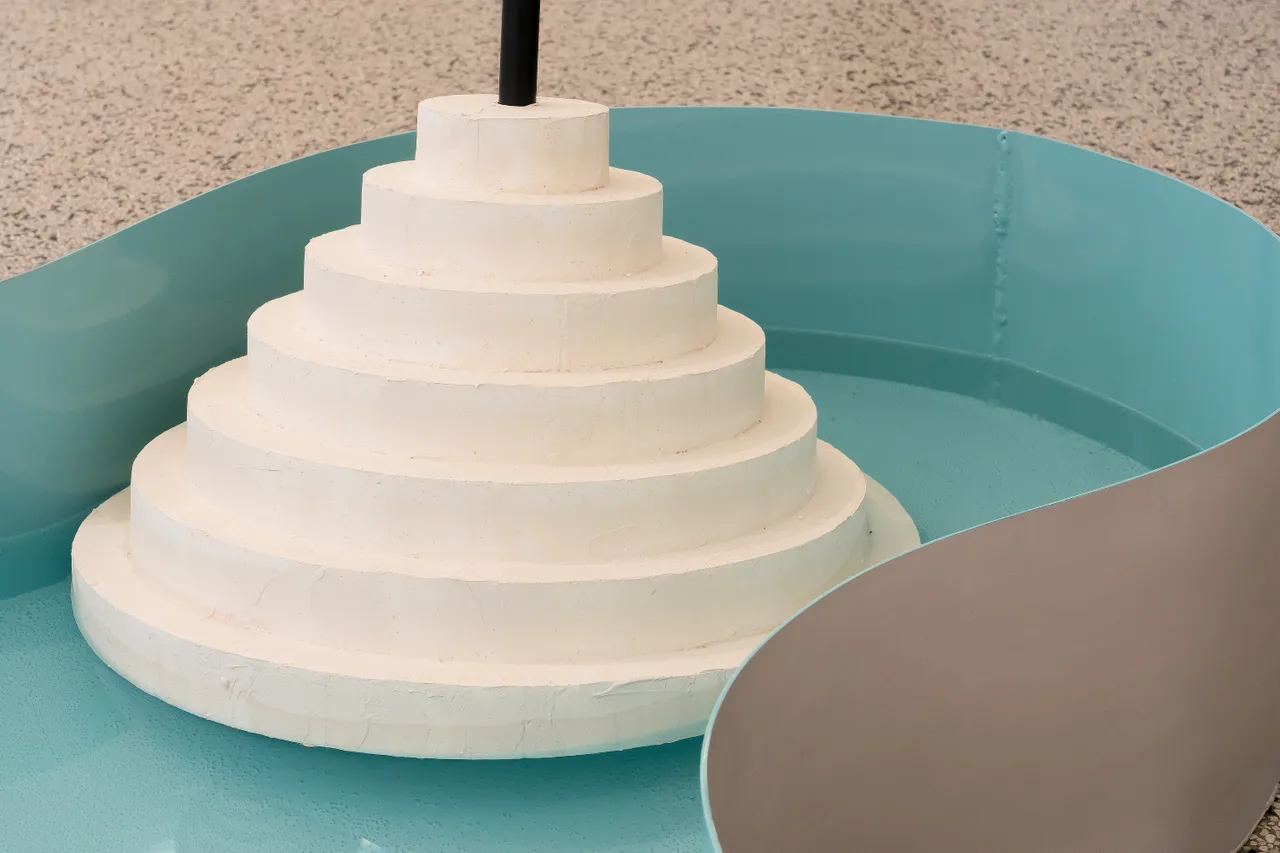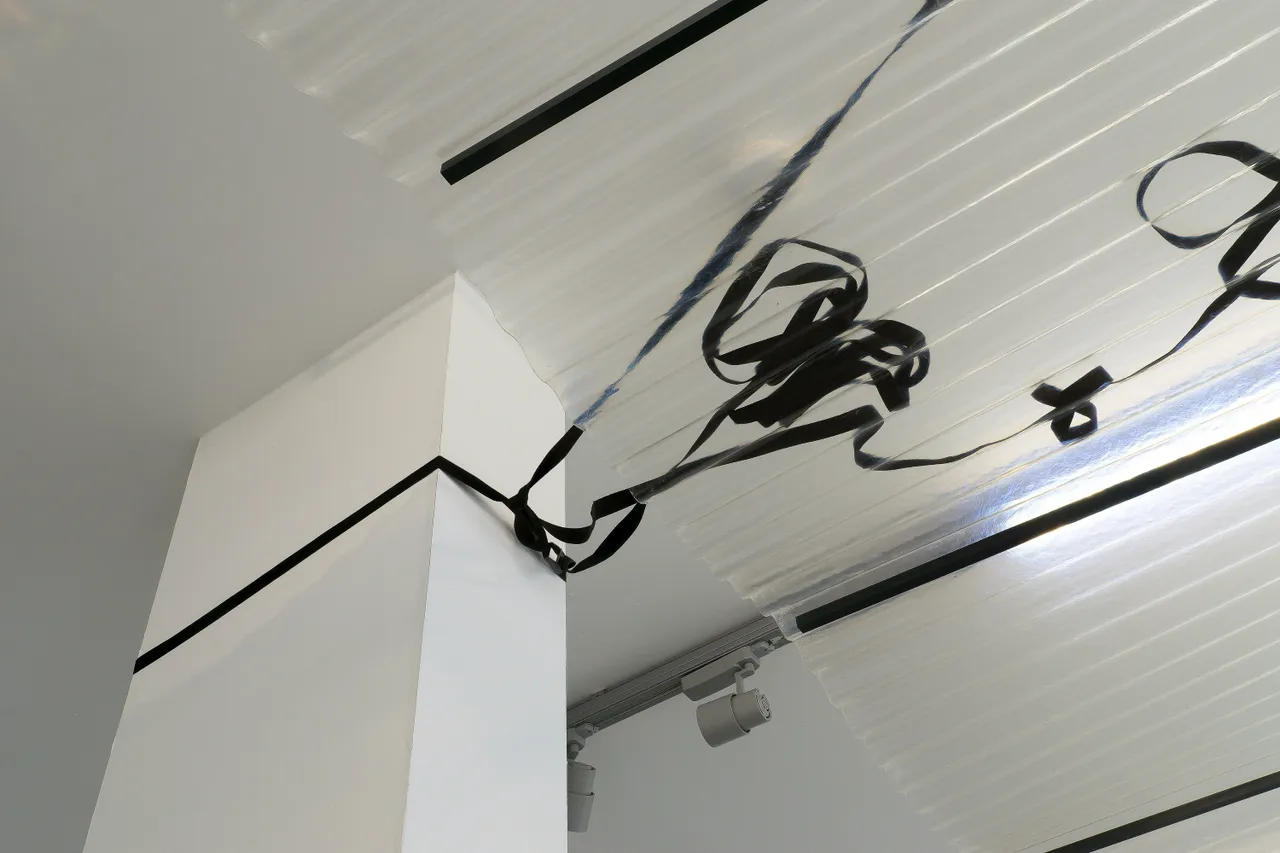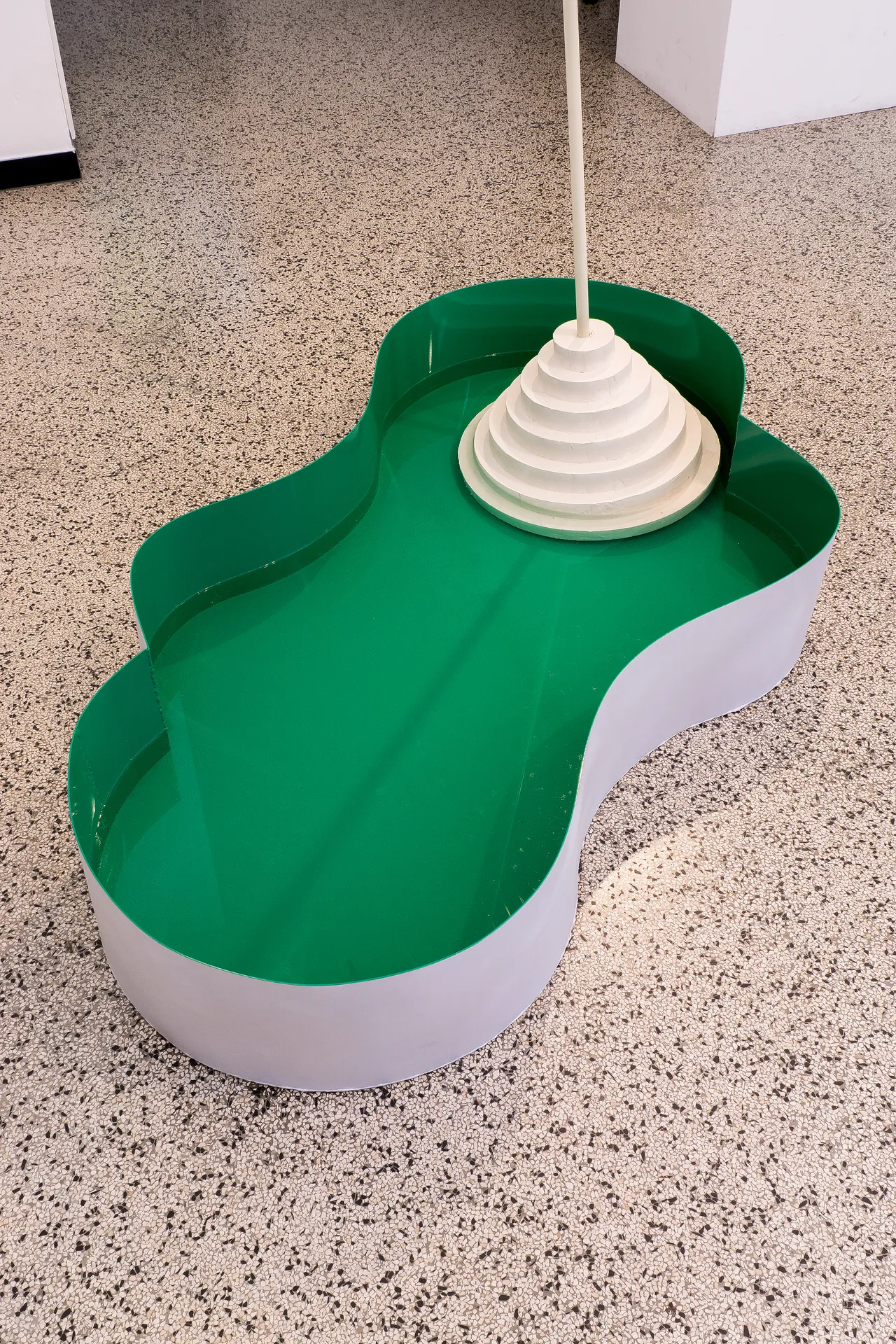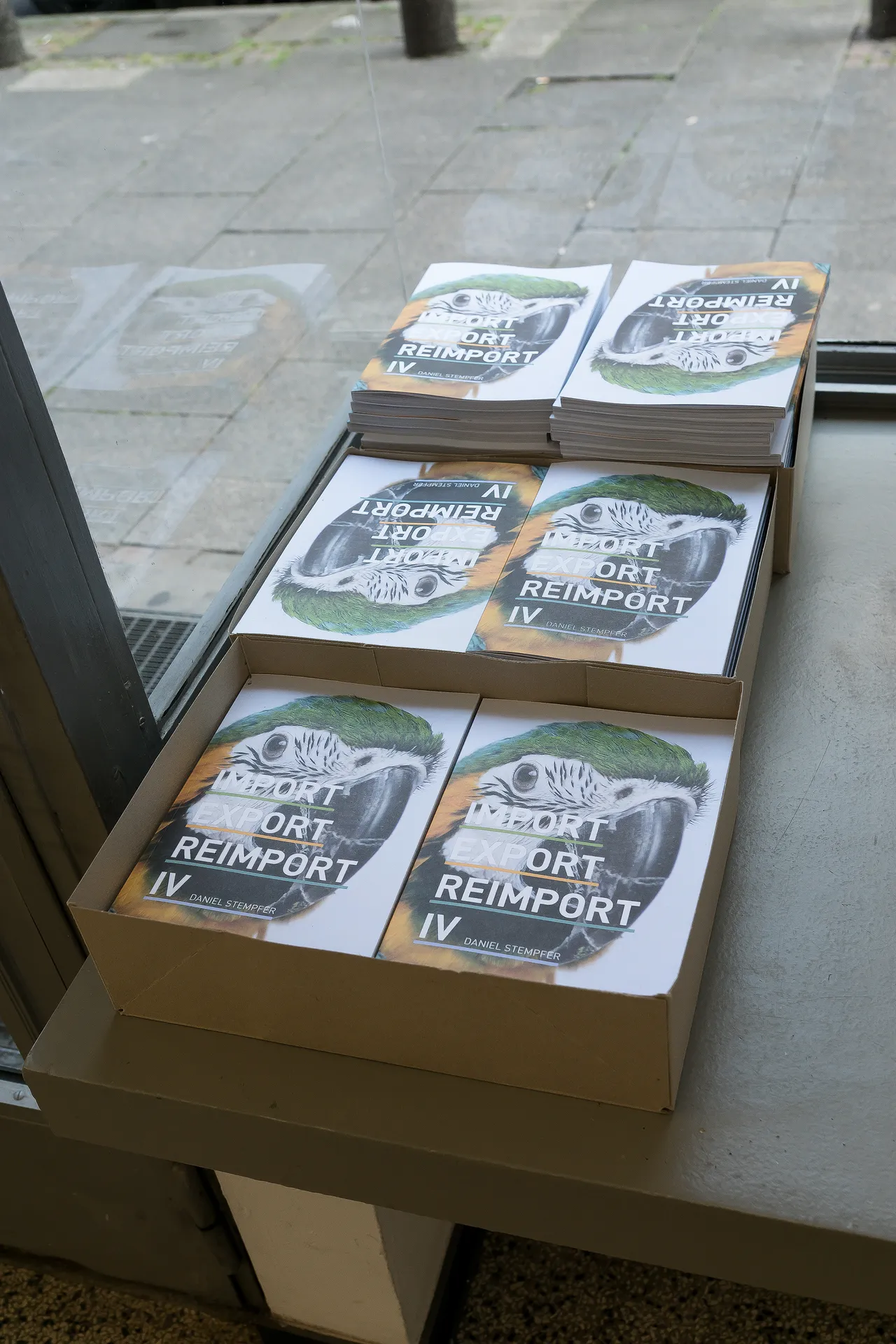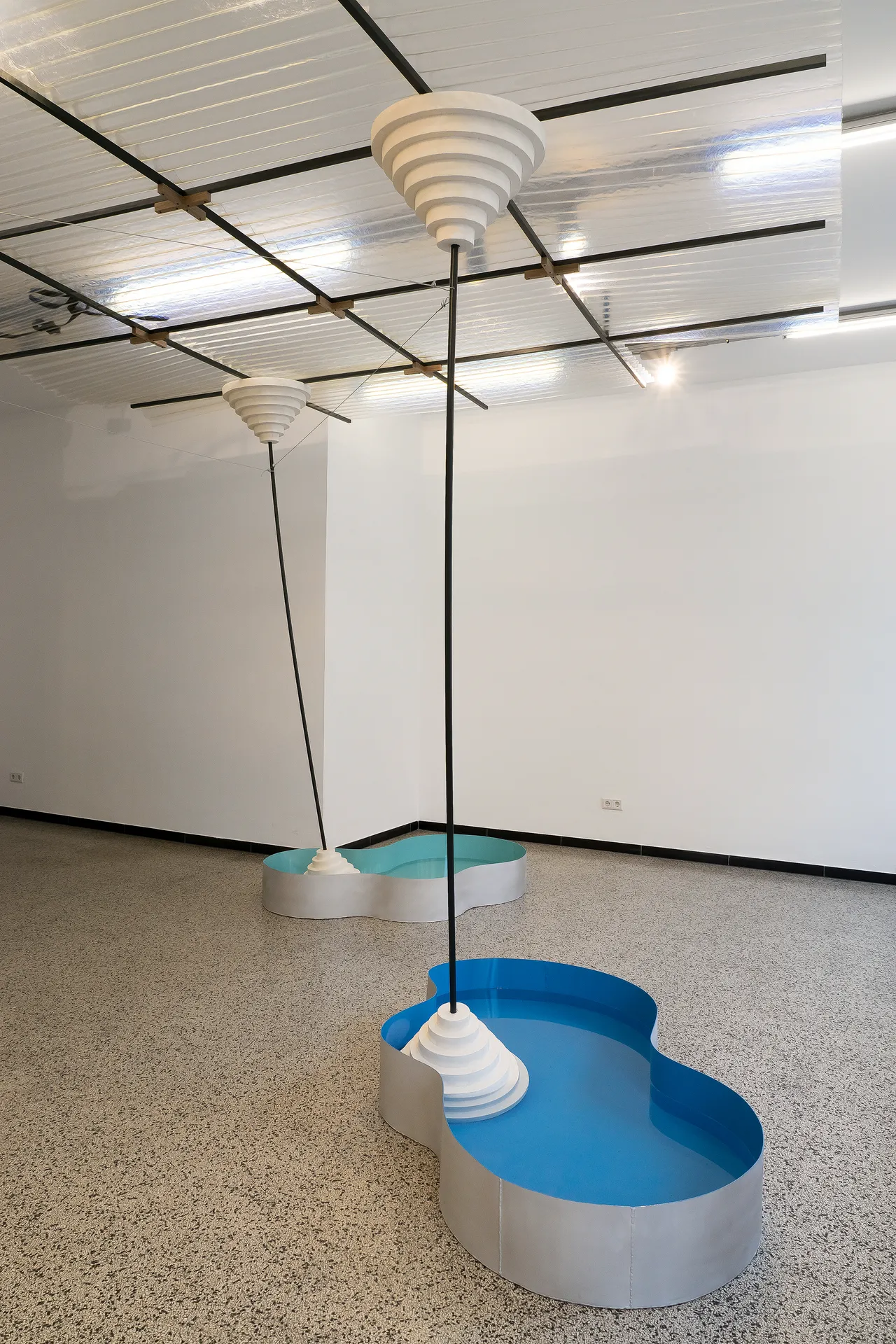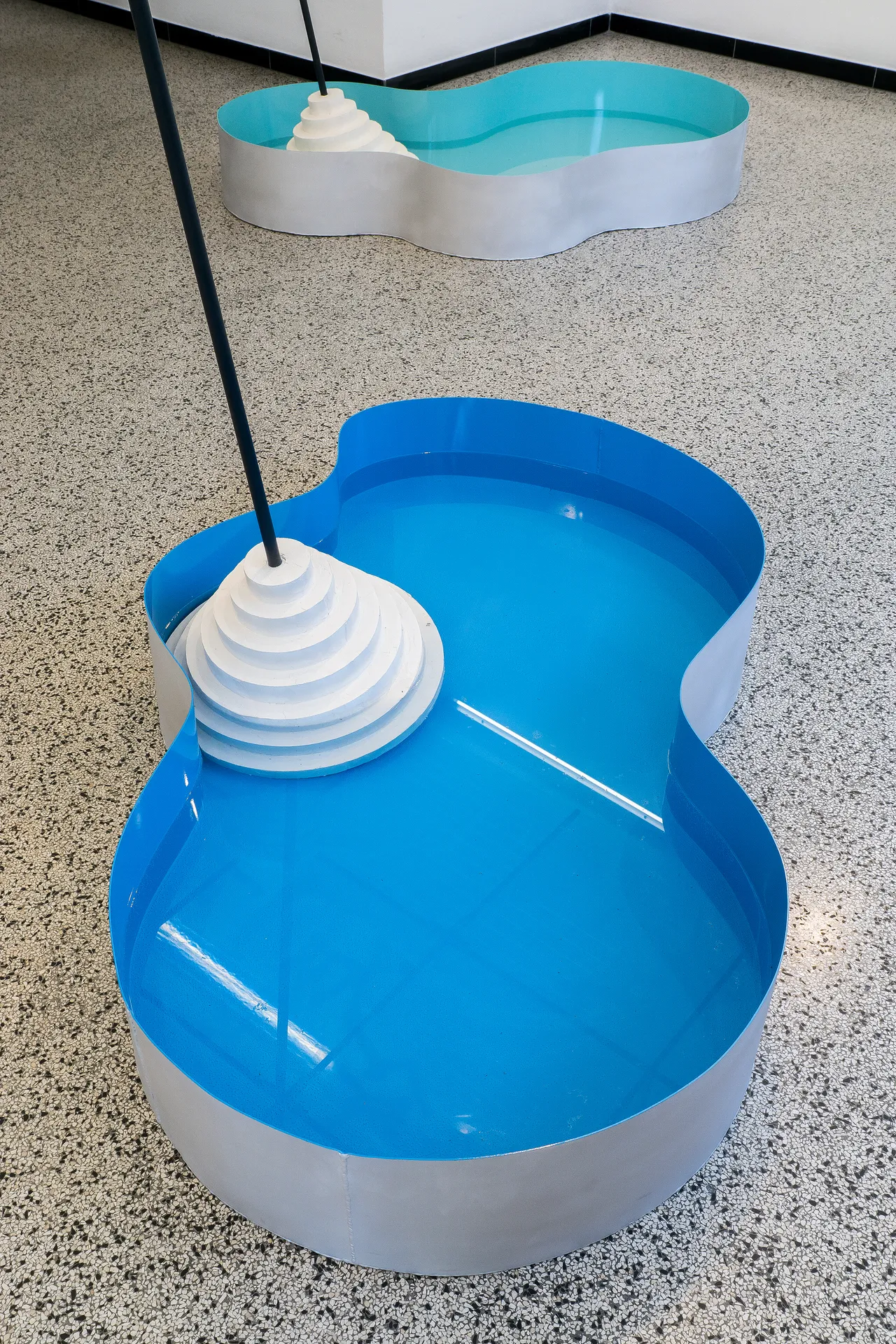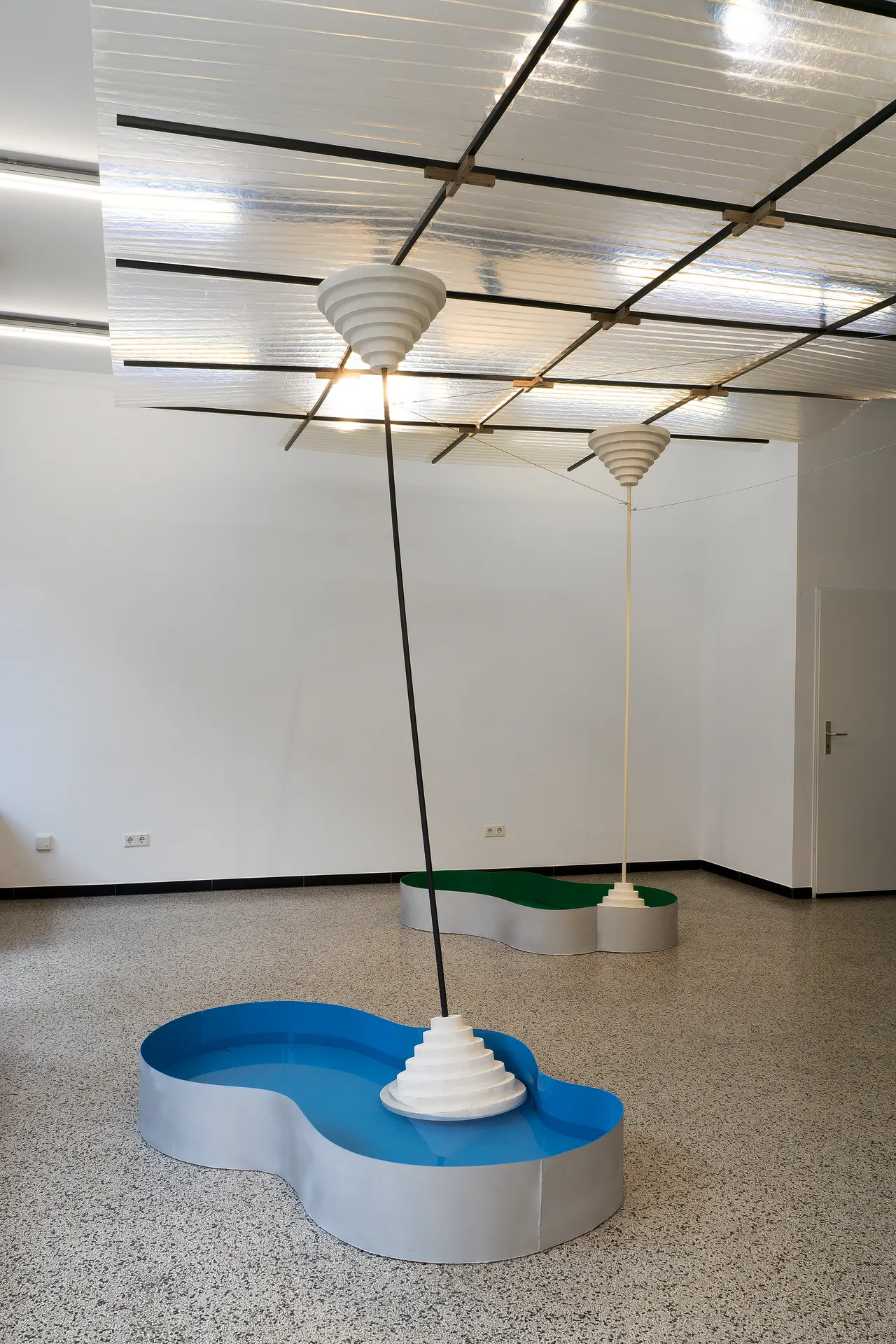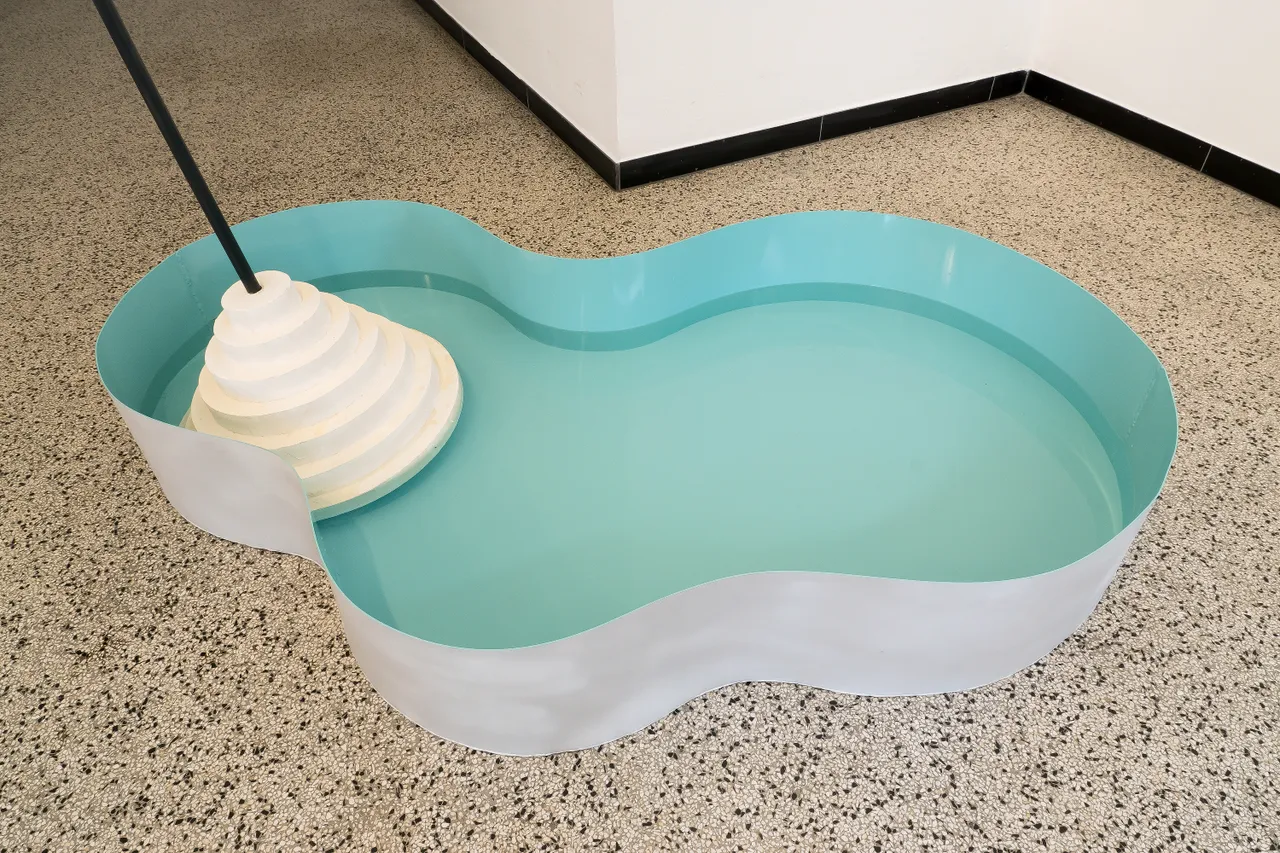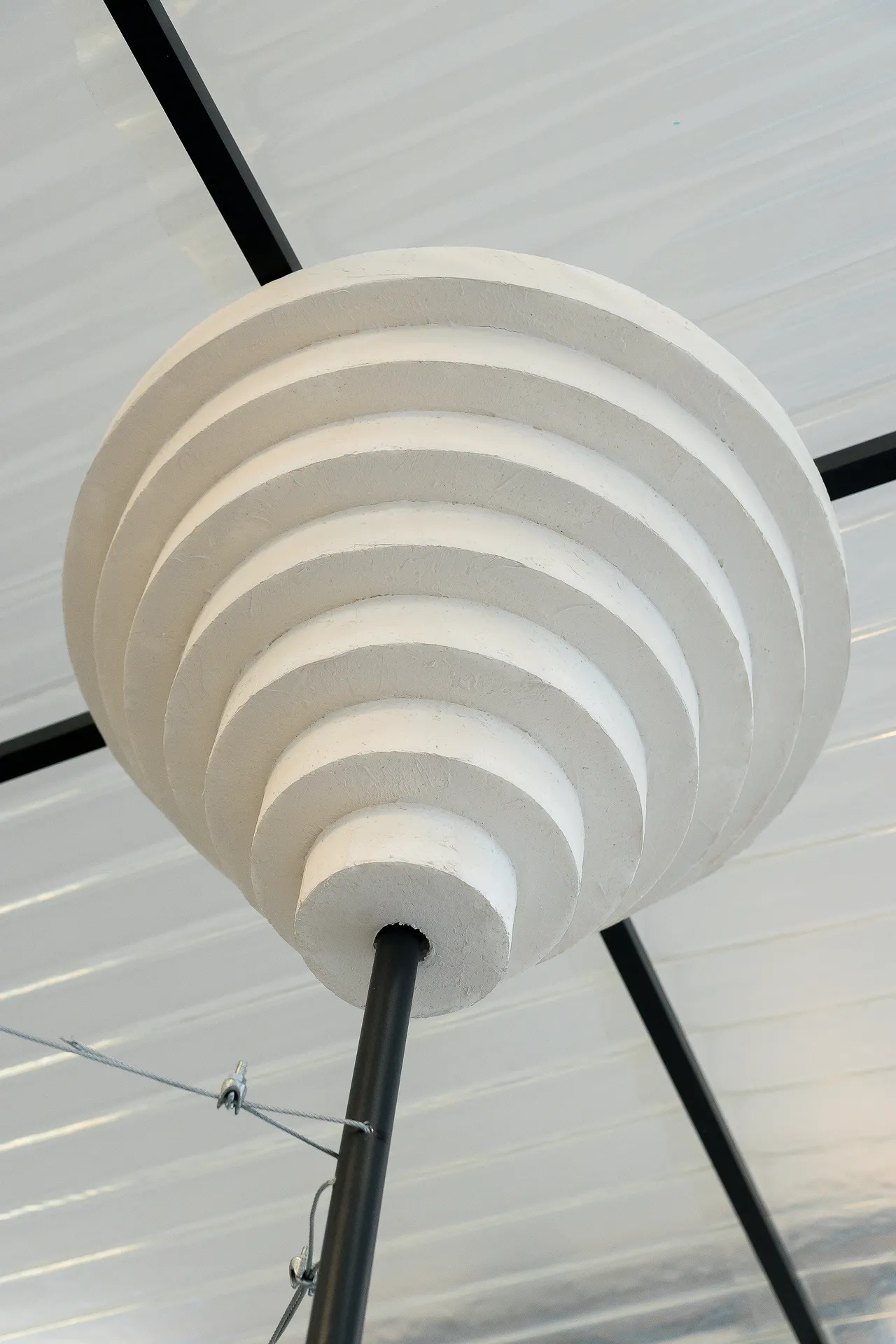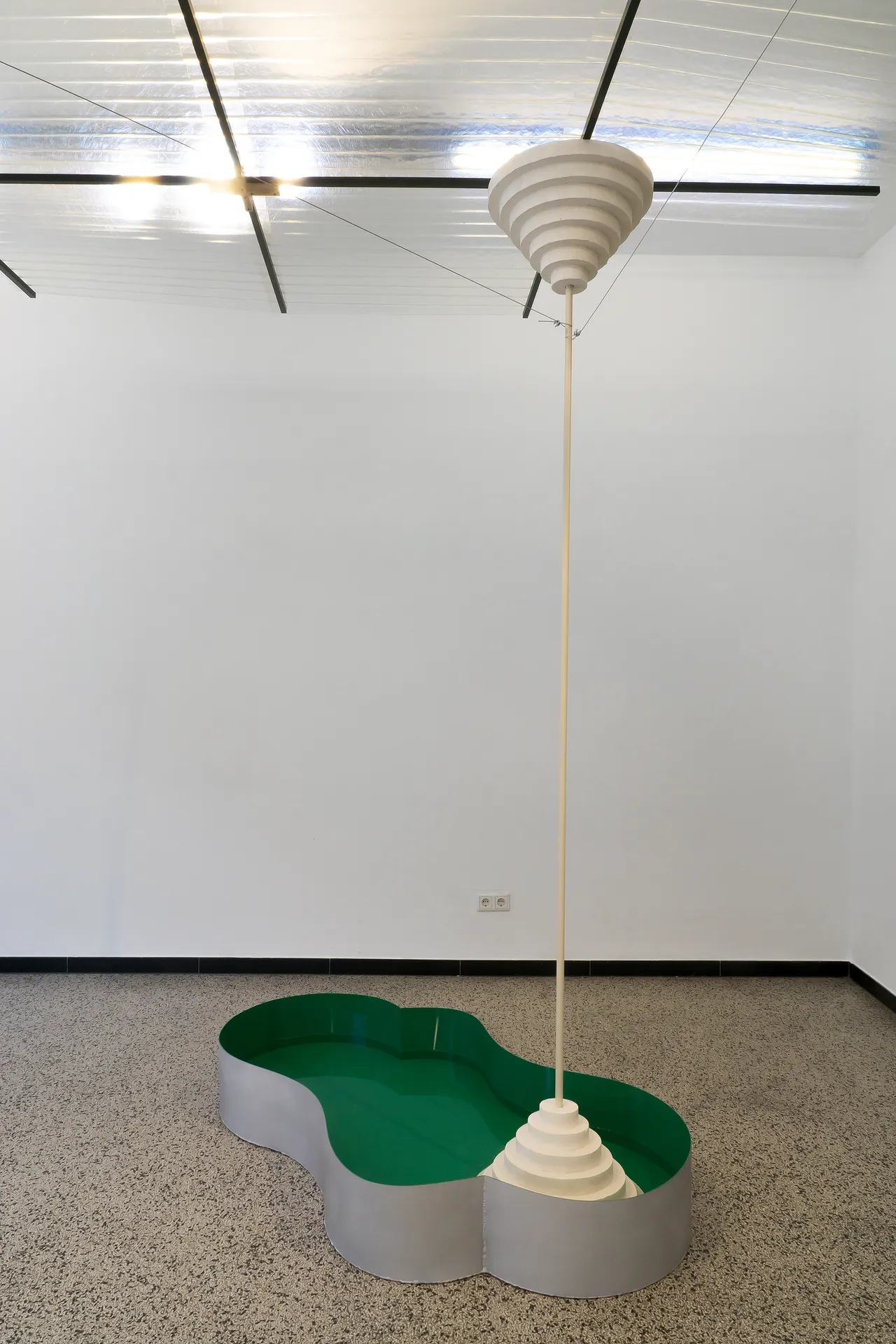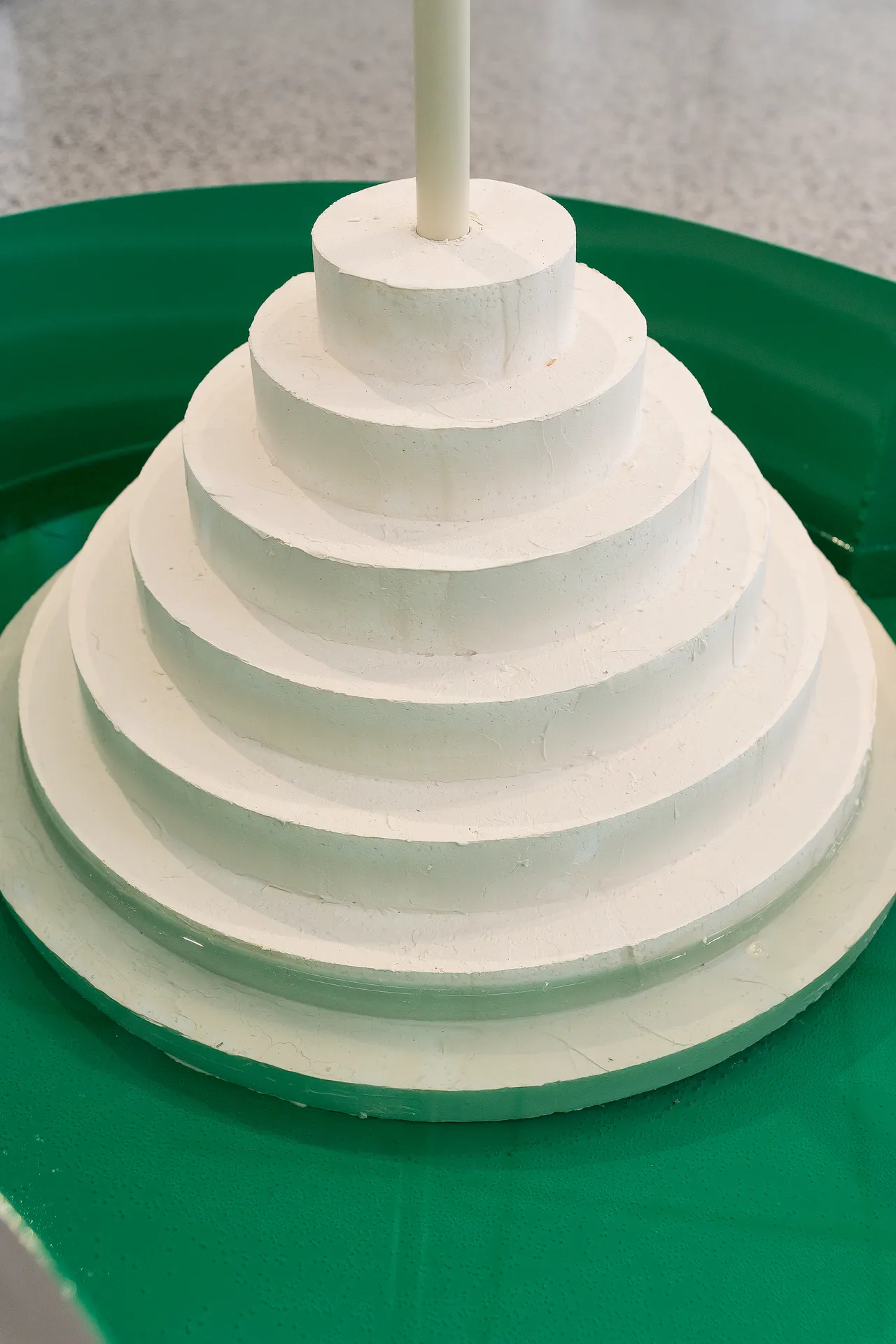British parrot missing for four years returns speaking Spanish
Containers protect, separate, and enable transportation. Flower pots are containers. Every plant needs a specific habitat in order to flourish. The soil that provides the right nutrients for it to grow, the right light and water. In flower pots, the conditions can be created that enable the respective plants to stay alive and indeed flourish far away from their natural habitat. On the one hand, this serves the purpose of pro- ducing particular foodstuffs in places where they would not normally grow. On the other, many flower pots are solely for decorative purposes. Aquariums are another form of container. The creatures that normally live in open water, and the plants that would normally surround them there, are preserved together in aquariums. In rare cases this serves to render the creatures visible that are kept in order to be eaten, to prove that the food they constitute is fresh. There are, for example, restaurants where there are aquariums in which the creatures displayed are alive that then lie dead for consumption on a customer’s plate. Tastes vary in this regard. Not everyone wants to see something alive that they then consume dead. In most cases, however, aquariums are used in order to present exotic life forms and thus enable us to observe their lives. They may be especially colorful, particularly small, or specially shaped. At any rate, aquariums are rarely filled with animals or plants you find at home outside your door.
Aquariums and flower pots show contents that possess differently great distances to what one could refer to as “natural”. They are so frequent that they hardly get no- ticed as witnesses to an essentially unnatural approach to nature. One can invert the viewing angle and attempt to adopt the perspective of the thing viewed. Where they originate, animals and plants that have been bred/cultivated, are surrounded by creatures/plants that resemble them. If they directly inhabit nature they get hunted and caught, whereas in captivity they are protected from naturally born (hungry) ene- mies and other environmental factors they would normally have to try and survive. After being bought and supplied to end consumers they are usually alone, or in small groups. Henceforth they are owned by those who paid money for them. Any interpre- tation of what goes on in such displaced organisms would be a projection – of feeling or kitsch, for want of a better word.
On a window sill, an orchid stands in mulch that feeds it. A guppy swims in the water that keeps it alive in an aquarium that in turn rests on a piece of furniture. These exotics are thus highlighted by raising them and placing them on their own. Raised by means of a pragmatic object that then bears the means that sets them apart. Usually designed to be less noticeable than what rests on it in order to not distract the attention from the real object of observation. This raised position may be provoked by various physical processes. Alongside placing an object on top of another object, another pos- sibility is uplift. Uplift is a word that, like drive, has a positive ring to it. It describes an upward movement that does not depend on the activity of the object being thus uplifted but on its density and shape.
Daniel Stempfer places basins filled with liquid in the exhibition space. In them he places polystyrene, a material that not only has a lesser density than the liquid bearing it, but also has a shape that displaces the material beneath it and thus causes a certain uplift. The water in the basins is water such as is used in greater volumes for washing or drinking. It differs from the water flowing in rivers or sloshing in the oceans, or rippling in lakes only by virtue of being set apart. In the exhibition space columns are borne aloft by water. Columns are usually supporting parts of an architecture or themselves an architecture. In the latter case they stand alone and as vertical monu- ments hold relatively small sculptures aloft. If one approaches a column one is taken by the striking resemblance between them and the human body. Because what is fun- damentally most important is what is borne aloft by them. The body of the columns, like the body beneath the head, are supports. The substance of such supports may differ, but they have in common that those elements not destined to support the top are primarily intended for visual purposes. A roof would rest on the columns in Daniel Stempfer’s installation if the piece were to be shown outdoors. The roof would be exposed to environmental factors that could impact on it: Wind could whisk it away, rain could sully it, hail dent it. The indoor presentation shields it from such factors. As a result, the columns do not bear a roof aloft, but a ceiling. To create a space wi- thin the exhibition space, defined only by its above and its below, but not by walls. Its above is translucent so that the light from the original ceiling above shines through it. Its below is mobile within certain limits owing to the form of the basins. If one enters it, one enters the installation. The closest walls are those of the gallery and its glass frontage. These expose the installation to being seen from the outside and highlight it together with the raised exhibition space.
Text by Marina Rüdiger, English translation by Dr. Jeremy Gaines
